Wonder
Modro Jezero – Blue Lake
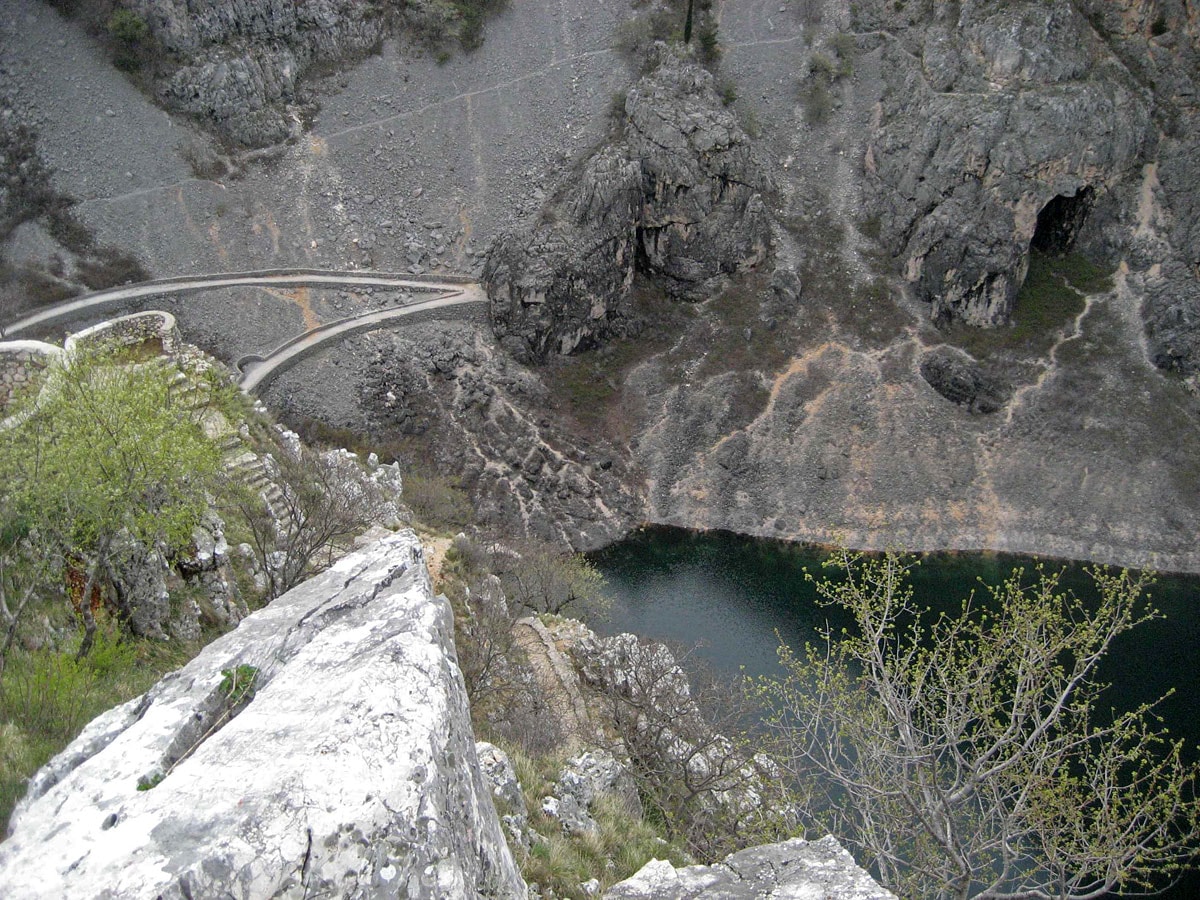
 In short
In short
One of the most beautiful and interesting karst formations in Dinaric Alps is Modro Jezero – approximately 220 – 290 m deep sinkhole with beautiful lake on its bottom and vertical cliffs around it.
 45.3%
45.3%
GPS coordinates
Location, address
Alternate names
Depth
Map of the site
If you see this after your page is loaded completely, leafletJS files are missing.
 In detail
In detail
General description
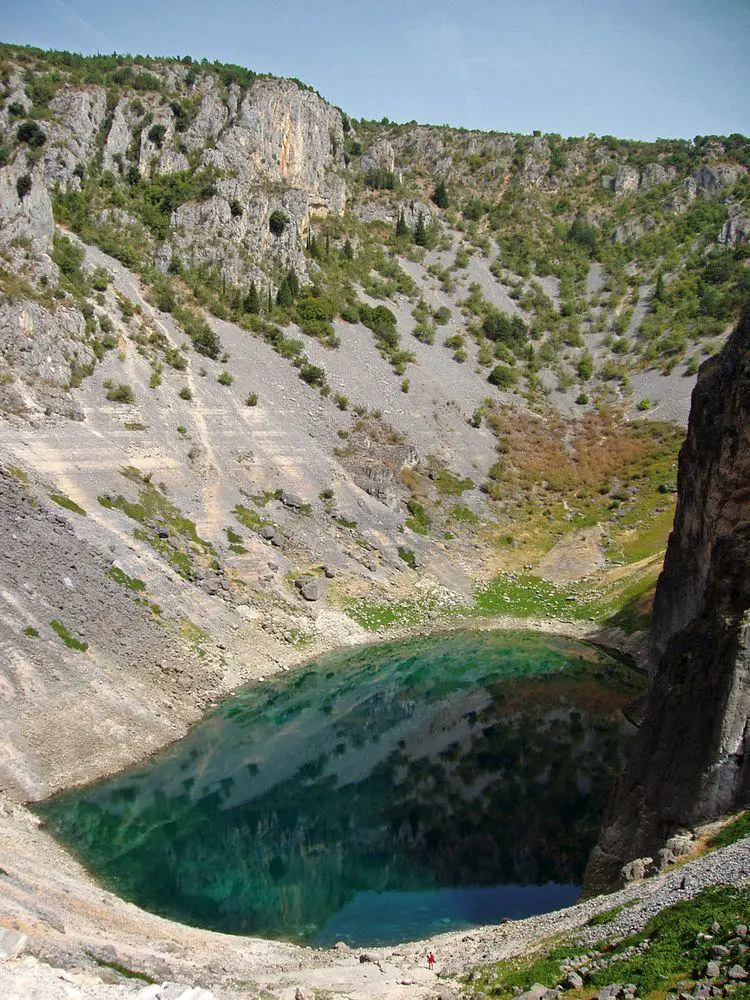
/ Wikimedia Commons, user Dreizung, CC BY-SA 3.0
Most likely this sinkhole formed after the collapse of an enormous cave hall. Not far from this sinkhole are other large sinkholes including one of the largest in the world – Crveno Jezero.
Upper opening of the sinkhole is approximately 520 m long and 280 m wide, 290 m deep. Volume – 22 million m³. The sinkhole has very steep sides – the southern rim is vertical. For the most part at the bottom of the sinkhole is a lake. Lake level is up to 342 m above the sea level (at high water).
The lake is the most interesting feature of the sinkhole. This beautiful blue-green lake, in general, is 800 x 500 m large. The level of this lake varies with the season and rainfall. In spring it can be up to 100 m deep but in summer – even totally dry with mud-filled holes in locations where the water disappeared.
In 1914 the lake rose up to 114 m depth and started to flow over the southern rim of the sinkhole.
Earlier the lake was deeper – but an earthquake in 1942 caused large landfall and thus reduced the depth of the lake.
Upper rim of surrounding cliffs rises some 220 m above the bottom of the sinkhole.
The intermittent level of the lake has formed several caves around it – Boškova, Golubova, Top, Vilinska. Boškova cave is hard to reach – it was used as a shelter during World War II.
Exotic swimming place
The lake of this sinkhole is easy to access and thus it is a popular swimming place.
A road with breathtaking sights was built to the lake for the visit of Emperor Franz Joseph I in 1907. Since then the road has been repaired many times and is very busy in the summertime. At a high water level, the lower end of this road is under the water.
In the lake there are seen several notable boulders, which in a way serve for easy determination of the lake level: Katavić, Jakićin, Pavić. When the 6 m tall Katavić appears, the swimming season may start. The name of Jakićin is given to commemorate a man who drowned here in 1834 – this boulder marks the middle of the swimming season. Pavić appears at the end of the swimming season.
Towering above the lake there is a vertical cliff, where swimmers are jumping in the lake – some even from 40 m height.
When the lake dries out, the flat bottom is used even for playing football – between the local teams Vilenjaci and Vukodlaci.
Above the lake towers an ancient fortress – Imotski Fortress (Topana) – mentioned in written sources already in the 10th century, built around 845 – 864 AD. Imotski town developed around this fortification.
References
- Modro Jezero. Accessed on August 13, 2010
 Linked articles
Linked articles
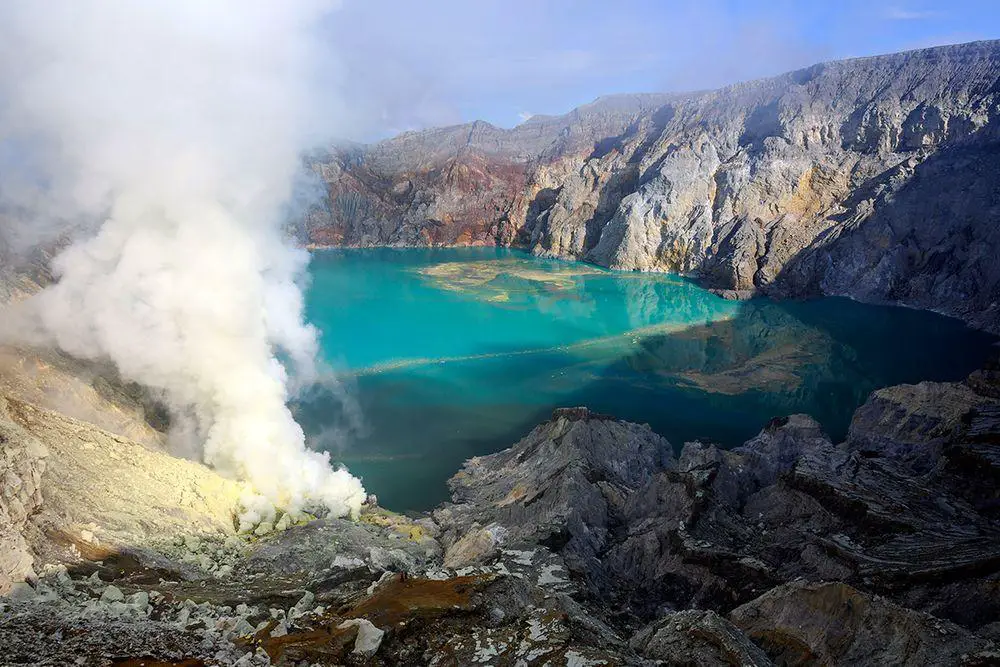
Lakes and streams
There are many factors that can make lakes, sea bays, or rivers unusual. Some lakes have unusual chemical properties and even do not contain water at all – such as lava lakes. Others may have unusual animals living in them or… legends about such animals.
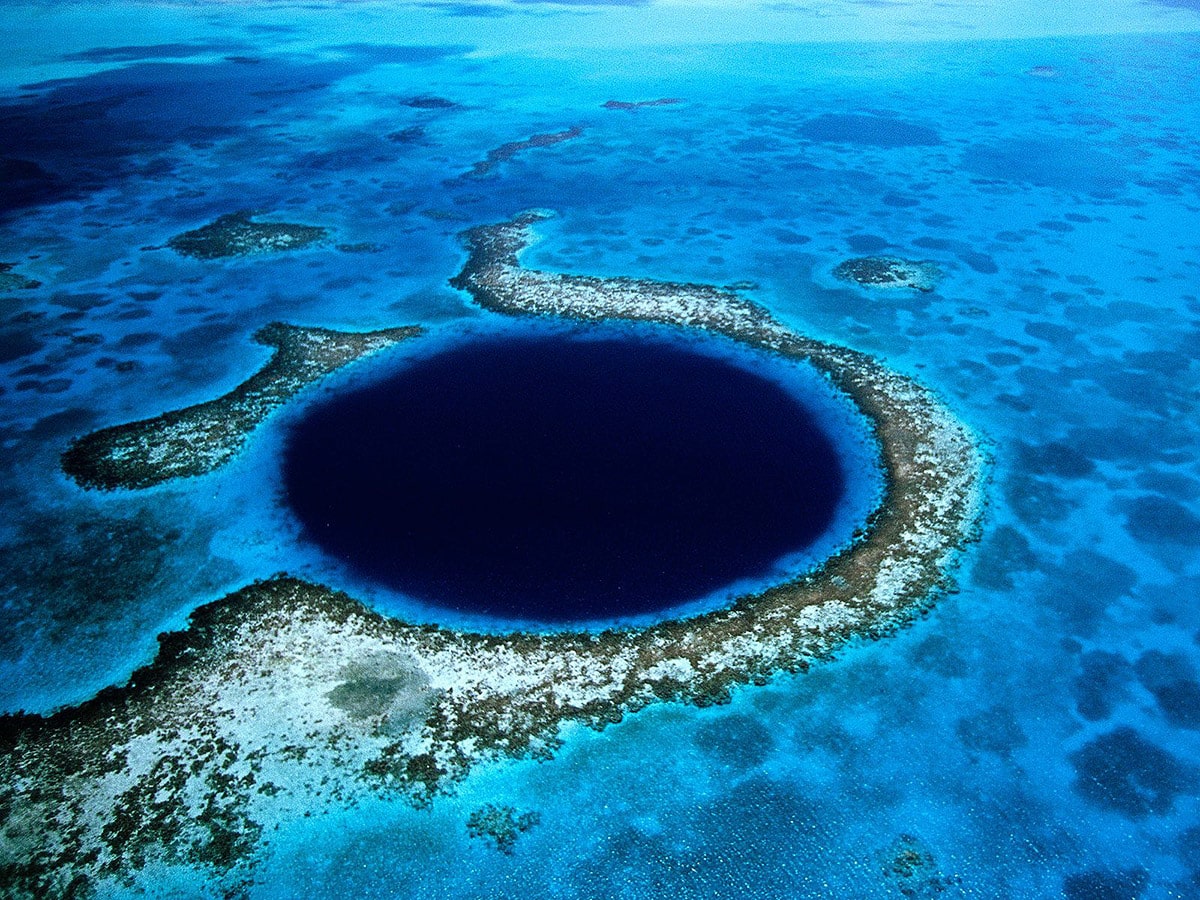
Sinkholes
This category includes outstanding sinkholes – large natural depressions or holes, which for most the part represent collapsed caves.
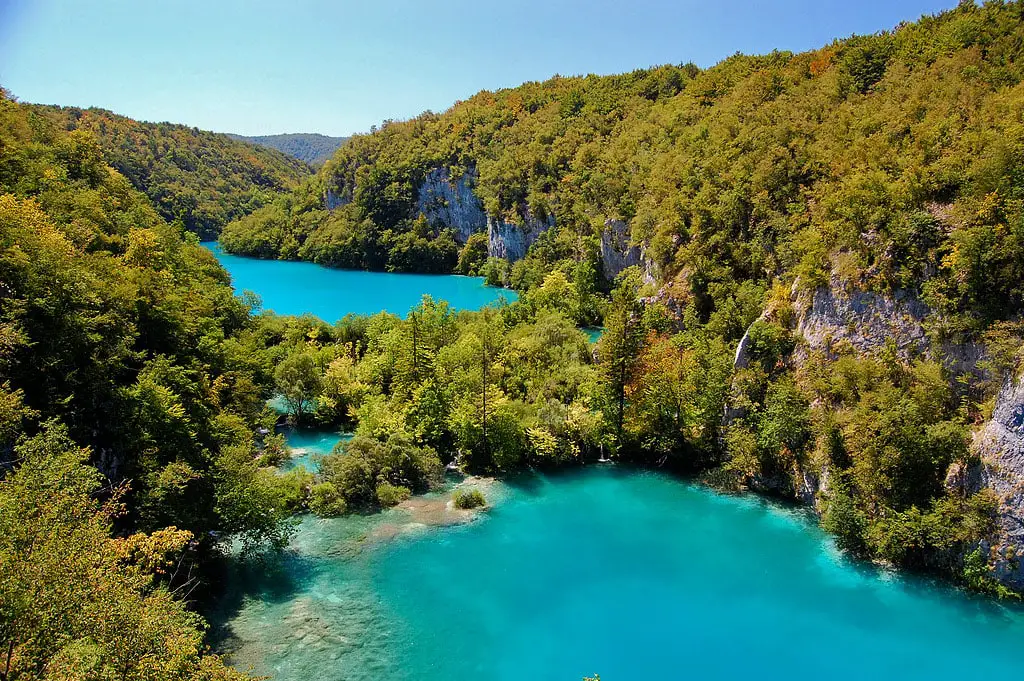
Wonders of Croatia
The natural and cultural heritage of Croatia is diverse and very charming. Highlights of Croatia are the ancient, beautiful Dalmatian seaside cities and towns and the diverse karst formations – such as waterfalls with tuff formations, sinkholes, caves, and others.
 Recommended books
Recommended books
Rock Formations and Unusual Geologic Structures
Looks at the earth’s crust, sedimentary strata, erosion, geologic mapping, fossil beds, folds and faults, volcanoes, and glaciers.
Rick Steves Croatia & Slovenia
Stroll Dubrovnik’s ancient walls, drive through the idyllic Julian Alps, and set sail on the glimmering Adriatic: with Rick Steves on your side, Croatia and Slovenia can be yours!


